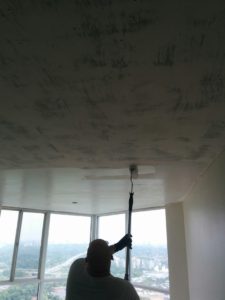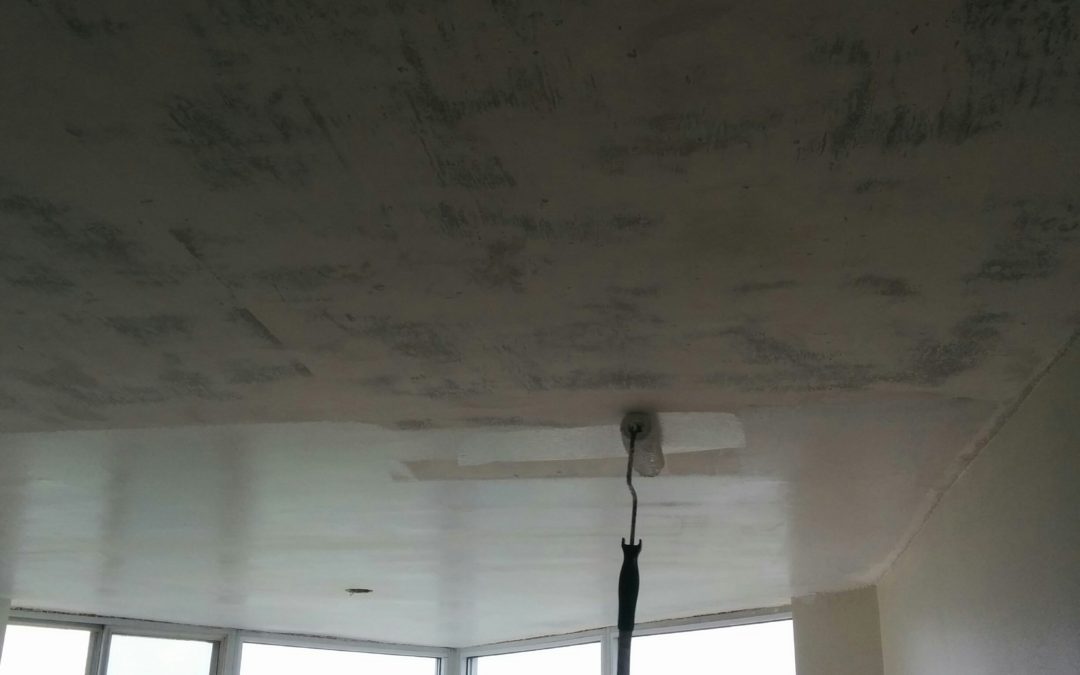 A common question I am asked from my Toronto home painting clients is, “What’s the best brush and roller to use for a painting project?” It really depends on what you’re painting and the finish you want to achieve.
A common question I am asked from my Toronto home painting clients is, “What’s the best brush and roller to use for a painting project?” It really depends on what you’re painting and the finish you want to achieve.
Last post I talked about brushes, this post let’s talk about rollers.
In order to know what is best let’s talk about what you’re planning on painting.
Ceilings and Walls – roller for no texture
These are wide-open spaces that you want to cover as evenly and efficiently as possible. Typically we use a 9″ roller, however, if we’ve got a lot of the same colour to roll out (ie. a big room or multiple rooms of the same colour) we’ll use a big 18″. The advantage of the 18″ is that paint is rolled out twice as quickly, without any sacrifice in the quality of the final product.
What about thickness? For flat walls and ceilings I generally use a 15mm roller, which is a medium thickness roller. If we go with a thinner roller we have to dip it in the paint too often, which is inefficient, or the paint ends up being too thin. If we go with too thick of a roller it puts too much paint on the walls which can result in drips and sags.
I really like microfibre rollers, I find that they produce the smoothest finish with the least amount of texture, or “orange peel”.
Pro tip: Even if a roller says that it’s lint free, it can still leave lint on the surface. To minimize this wet the roller with water and give it a spin with a roller spinner before using. This will take off any loose fibres, so they don’t end up on your freshly painted walls.
READ: How to Have a Great Painting Experience
Ceilings and walls – roller for textured surface
Many ceilings in Toronto homes have stucco or popcorn texture. For these surfaces, I would use a thicker version, perhaps 20mm or even 25mm. More thickness is needed to get into all the nooks and crannies of the texture.
2 words of caution:
Popcorn ceilings give off a lot of spray and paint splatter, so be prepared for this and cover everything in the room. If it’s not properly covered it will get paint on it. Also, you’ll get paint on the bottom of your shoes so be careful when exiting the room after painting!
Check to see if the popcorn ceiling has been painted before. If it is unpainted you will have to use alkyd paint. I’ve written a post on painting popcorn ceilings, click here.
READ: How much does it cost to paint my interior in Toronto?
Trim
Trim painting involves a lot of brush work, however, the process can be streamlined with the use of a mini roller. Also, a very smooth finish can be achieved with a mini-roller.
For doors, cabinets and other flat surfaces I use what’s called a flocked foam mini roller. It’s foam with a flocked covering on the outside. Foam lays paint out very flat, however, they can leave bubbles in the paint. With the flocked foam, the flock pops the bubbles, leaving the smooth surface with no bubbles!
To use a roller on trim, first, brush out what it won’t be able to reach and then roll the areas that are left. Always brush before rolling to ensure the smoothest end result.
If you’d like a quote on your next painting project feel free to book a quote online. We’d be happy to Transform your home with lasting beauty!

